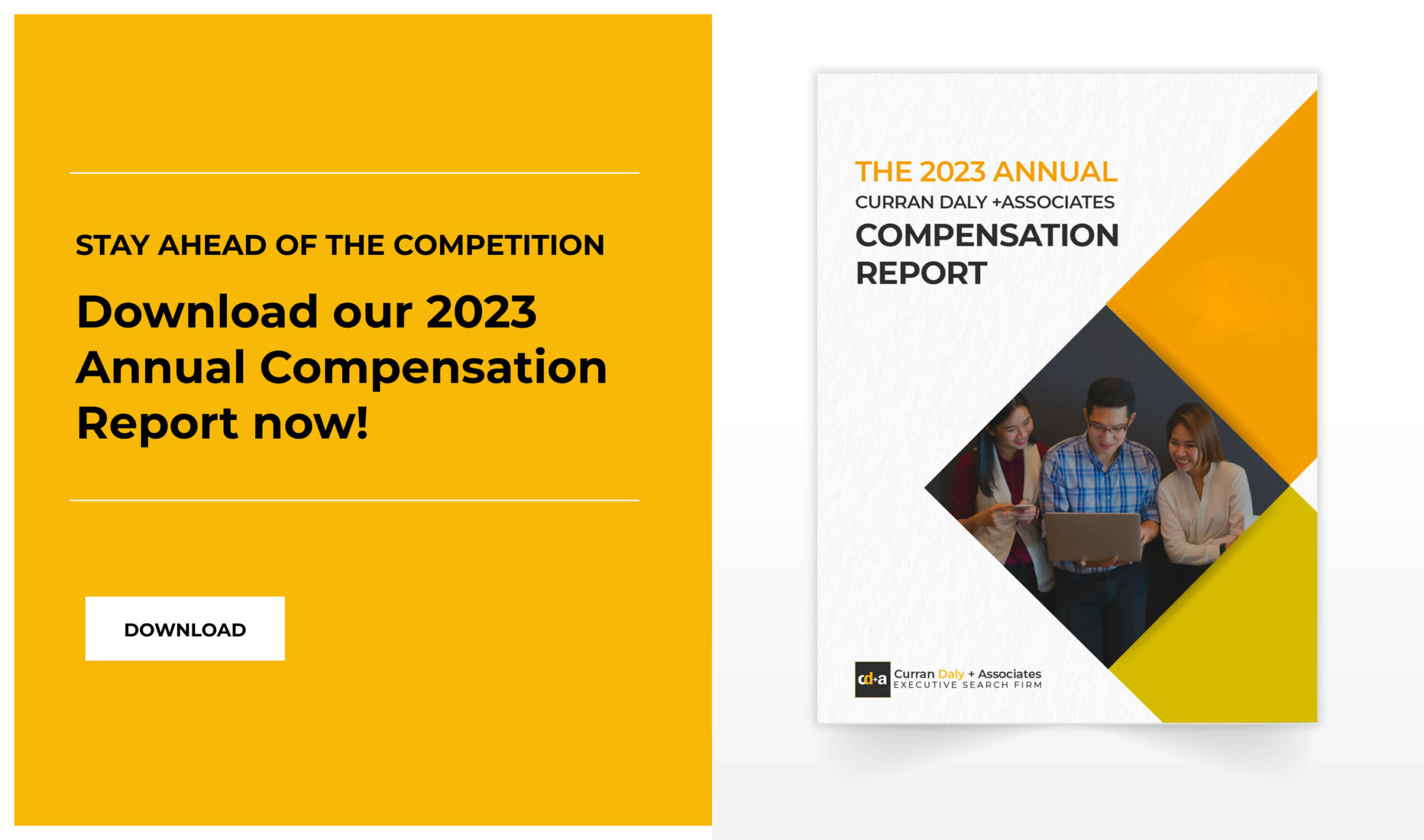- Leadership development for business recovery and resilience may vary depending on the organization and on the demands needed for the future.
- Nurturing agile leaders within the organization will not only have direct benefits among team members but also the organization at large.
- Agile leadership is characterized by strategic resilience – the ability to pivot and bounce back from non-responsive channels and the relentless commitment to innovate amidst daunting challenges.
As we have seen over the past year, leadership isn’t for the faint of heart. Just like the popular saying, “A diamond is a hunk of coal that works well under pressure.” Well, leaders today have never been under so much pressure.
Expectations are high for C-Suite executives as they navigate towards business recovery from the pandemic while keeping their customers and employees safe to make the business more agile.
In addition, shareholders are also demanding foresight, bold strategies, and resilience. On the other side of the spectrum, governments and local communities scrutinize companies in their quest for broader societal change such as sustainability and social justice.
For most executives, this is a defining moment in their leadership capabilities in which they have been forced to adapt and create technology-driven changes that will enable an agile organization.
As a result, agile organizations now have a network of teams with resilient leaders that support these teams and the individuals in them.
Reimagining Leadership Development for Business Recovery and Resilience
A black swan event such as the COVID-19 pandemic can also serve as a once-in-a-lifetime learning opportunity for organizations. To move forward, instead of maintaining the status quo, executives had to pivot dramatically to change the way they usually work and lead the organization.
Leaders learned and developed new skills that they did not have before or were not required before in their careers. As such, leadership development for business recovery and resilience may vary depending on the organization and the demands needed for the future.
However, one leadership development skill should remain at the forefront for any business – learning agility. Learning agility refers to the ability of leaders to know the right lessons from experience and subsequently applying those learnings to novel situations.
Organizations can help themselves out of a crisis by helping them build agility in their leaders. Unfortunately, experience gained from agile leadership is hard to come by. There will come a time when the management will need to take a good look at their leaders and see who among them stepped up and made a difference. Find out their unique strengths and help them nurture their experience in the company by building on their skills.
Leaders who have successfully learned how to pivot with agility have these three fundamental learning agility mindsets:
Learning how to foster innovation
With so much uncertainty in the world right now, leaders need to have an innovative mindset that fosters discovery, creativity, and diverse ideas. Agile leaders know how to encourage innovation within the organization with continuous experimentation, testing, and learning. It means building innovation into the core way of working by helping employees embrace calculated risks and fostering creative collisions.
Here are several tips on how agile leadership can foster innovation in the company:
- Leading the organization by asking more questions instead of advocating their own opinions.
- Listening actively with a focus on discovery and finding what they might be missing.
- Creating a safe space to pause and reflect.
Learning how to foster collaboration
Agile leadership is built on an organization that works on a network of autonomous and independent teams. These leaders are focused on guiding and supporting their team members rather than directing and micromanaging. As such, this kind of partnership is built on trusting, listening, and collaborating with employees. Agile leadership focuses on creating an environment that encourages everyone to contribute and facilitate in joint problem-solving.
Here are several tips on how agile leadership can foster collaboration in the company:
- Taking responsibility for tasks with minimum supervision and intervention to employees.
- Reviewing leadership roles and clarifying expectations among team members.
- Building a diverse group of teams who think differently and independently.
Learning how to foster value creation
Today’s volatile economy offers unprecedented challenges, and agile leaders know how to evolve with the changing times rapidly. As such, they know how to deliver optimum results by recognizing potential opportunities for their organization through value creation built on customer-centricity, entrepreneurship, and inclusion. This kind of mindset continuously seeks win-win solutions that deliver value to all organizational stakeholders.
Here are several tips on how agile leadership can foster value creation in the company:
- Identifying new opportunities and unmet needs.
- Exploring how the organization can provide more value to attract resources that the organization needs.
- Seeking win-win solutions based on the needs of stakeholders.
What are the makings of an A.G.I.L.E. leader?
Nurturing agile leaders within the organization will not only have direct benefits among team members but also the organization at large. A high-performing and effective agile leader had been front and center during times of major disruptions like a pandemic. Agile leadership is characterized by strategic resilience – the ability to pivot and bounce back from non-responsive channels and the relentless commitment to innovate amidst daunting challenges.
A Forbes article spelled out several keys to the success of an A.G.I.L.E. leader:
Approachable
Possessing the ability to be open to ideas from team members.
Agile leaders appreciate great ideas from their team members. However, during challenging times, leaders must operate a truly open-door policy. This makes it easier for their team members to approach leaders with their ideas, concerns, or findings. In addition, leaders need to provide the necessary encouragement to get the team involved in problem-solving.
Grounded
Being respectful to original and ambitious suggestions while being realistic at the same time.
Ideas a valuable, however, it also needs to be realistic and achievable. Overly ambitious ideas and strict adherence to rigid processes may be counterproductive in the long run. Instead, agile leaders keep the team grounded while being selective about how time is spent and what the team needs to focus on.
Innovative
Fostering an environment for brave and new ideas that challenge the norm.
Successful agile leadership understands the importance of brave and new ideas that challenge existing norms and assumptions. These leaders allow the team to reach for the stars, not just to uncover bold ideas but to create new ways to help facilitate growth. Innovation-driven growth is required to help organizations thrive in a world poised to become more competitive as industries recover.
Leverager
Having the ability to utilize every team member creatively.
A black swan event like a pandemic has shown organizations how to do more with less resources. Agile leadership involves maximizing resources and leveraging team talent, technology, and unconventional work structures.
Empathetic
Having the mindset that every staff member at all levels of the organization is its greatest asset.
Agile leaders know that employees remain the greatest asset of the organization. Building resilience for business recovery in a post-pandemic world requires leadership that displays empathy. This is the time to show that leaders value their employees and that they understand that they are affected by substantial workplace changes.
Elements of Leadership Development that Fosters an Agile Transformation
According to McKinsey and Company, organizations that aim to inculcate agile transformation must have leadership develop capabilities in three areas:
Purpose
Finding the north star or a clear and compelling purpose for the organization.
The first distinctive skill that agile leaders need to develop is the ability to instill a clear, shared, and compelling purpose for the organization. This purpose serves as the north star or the compelling aspiration that every team member shares.
The organization’s purpose drives and frames everything that is happening in the company – from high-level strategic decisions to day-to-day tactical decisions at the frontlines. Agile leaders need to learn how to manifest this unity of purpose to their employees. Over time, this north star will become a source of competitive advantage that makes the organization more robust than – capital, intellectual property, and physical resources.
Design
Applying principles and practices with agility at the core of business strategies.
Agile leaders also need to develop strategies and operating models based on agile principles and practices. To develop an agile organization, leaders need to build the company as a distributed and continually evolving system.
It requires agile leaders to structure a network of empowered units with fewer layers and greater transparency. This distributed design approach enables the agile transformation needed to help the organization respond quickly to market changes, shift resources when needed, and constantly adjust in a volatile environment.
Culture
Shaping agility at the grassroots of organizational culture.
The ability to shape a new agile organizational culture is the third skill that agile leaders need to develop. To build this culture at the grassroots, agile leaders must learn how to undergo a multifaceted culture transformation that focuses on the organization’s capabilities and the behaviors of its members.
Agile organizations go beyond the traditional notions of learning and development. Instead, these organizations weave learning into their daily activities. They embrace culture transformation that supports learning and development as part of their daily routines, conversations, and regular operations. Building this kind of cultural transformation mindset will help the organization pursue business excellence and help employees become the most capable versions of themselves.
CDA is here to help you choose the right leaders that will navigate the company towards business recovery.
Curran Daly and Associates, one of the top executive search firms in the Philippines, are experts in finding the right business leaders that will help nurture an agile workforce for your company.
As one of the most sought-after executive headhunters in Asia, we are committed to helping you find the ideal executives for the right role in the most efficient time frame possible.
Discover the CDA Difference and partner with us now!
References:
Ehimuan, J. (2021). Council Post: A.G.I.L.E. Leadership: The Mandate For Excellence In A Post-Pandemic World. Retrieved 18 September 2021, from https://www.forbes.com/sites/forbescoachescouncil/2021/04/21/agile-leadership-the-mandate-for-excellence-in-a-post-pandemic-world/?sh=193a2d7b5740
Leading Agile transformation: The new capabilities leaders need to build 21st-century organizations. (2018, October 1). McKinsey & Company. https://www.mckinsey.com/business-functions/organization/our-insights/leading-agile-transformation-the-new-capabilities-leaders-need-to-build-21st-century-organizations
Michael Couch and Richard Citrin, M. (2020). Imagining Post-pandemic Leadership Development – Training Industry. Retrieved 16 September 2021, from https://trainingindustry.com/articles/leadership/imagining-post-pandemic-leadership-development/
The future of agile organizations in the wake of the COVID-19 pandemic. (2021). Retrieved 19 September 2021, from https://www.linkedin.com/pulse/future-agile-organizations-wake-covid-19-pandemic-susanna-hult/










0 Comments